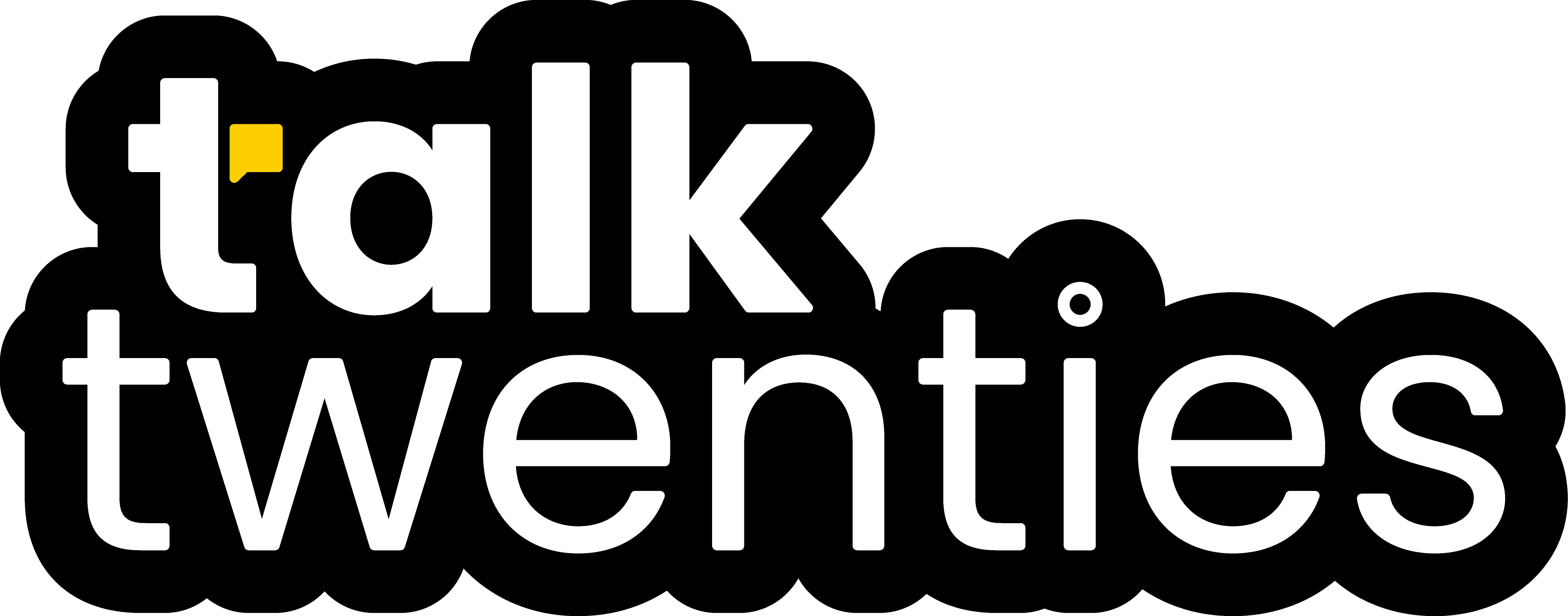
5 evidence-based tools to overcome low mood
According to Mind, around 1 in 5 people are affected by the Winter Blues. Characterised by ongoing feelings of sadness, little to no motivation, and fatigue during the colder, darker months, the Winter Blues can seriously take a toll on our mental health and wellbeing!
Feeling low in mood and motivation during the winter is understandable as the decrease in daily sunlight signals to our body that it’s night time, so we feel tired for longer.
The sleep hormone melatonin is produced at higher levels in darkness, and this affects our internal biological clock.
To add to this, lower levels of vitamin D (absorbed from sunlight and the foods we eat) play a role in regulating our serotonin levels (a chemical in the brain responsible for our mood). This is also associated with low mood and depression.
Many of us in our 20s have an inner critic that tells us to ‘stop being so dramatic’ and ‘just get on with it’. The last thing we need though is a flood of critical thoughts that prevent us from getting the support we really need.
Every emotion you experience is valid, because that’s your inner experience.
Here’s our list of evidence-based tools that can help (not fix!) with boosting your mood:
1. Share (in a safe space)
In England, we’re still working on being open with one another as culturally we’re known for our reserved nature. Research shows that therapy is most effective when clients have a trusting relationship with their therapist, regardless of how much experience the therapist has.
Telling someone you’re having a hard time can feel really difficult, so it’s essential that you’re going to feel safe and heard. You might lean more towards telling a friend whose been through something similar, or a family member who is a good listener. Mind have created a list of mental health helplines you can get in touch with, including a text-based service.
Our podcast features incredible guests like Ben West who talk openly about mental health, check out all of our episodes here.
2. Move (mindfully)
The beginning of each year is consumed with intense fitness goals, which often results in crashing and burning by the end of February. Exercise doesn’t always look like a 2-hour gym workout though, it’s whatever you make it! As kids, we exercise through play and as adults we need more of this.
Reframing exercise to movement might take the pressure off and give you the motivation to go out for a short walk, do an hour of housework, or try something new like trampolining or tennis!
3. Practice ‘opposite action’
This is a DBT (Dialectical Behavioural Therapy) skill, which explains that emotions activate us to respond and this response is biologically wired. Opposite action allows us to do the opposite from this biological response. Depression gets us ready to be inactive and activates us to avoid contact, but in reality this is unhelpful. Instead, you can consciously choose to get active by doing something small like making yourself a cup of tea or brushing your teeth.
Fear gets us ready to run and hide and activates us to escape danger. A more helpful approach (when it’s not life threatening) would be to go towards fear and build courage to face it head on. This might look like leaving the house to buy groceries or meeting up with friends even when fear tells you not to.
4. Make sense of your thinking
Cognitive restructuring is a CBT (Cognitive Behavioural Therapy) skill that involves looking at your negative thought patterns. We are all susceptible to using unhelpful thinking styles like catastrophising and jumping to conclusions. Seeing as our thoughts and feelings interconnected, we feel low or anxious when we use unhelpful thinking styles a lot.
Instead of saying ‘I made a mistake at work, I’m such a failure’, you could say ‘Everyone makes mistakes, we’re human. There are many things I’ve done well at with work over the years too.’
Check out these 10 unhelpful thinking styles and observe (not criticise!) your thoughts over the next few days to see if you use any of them.
We hope you can make use of just 1 or 2 of the tools here that you resonate with most. The brighter, warmer days aren’t too far away and remember we’re here with you on this rollercoaster ride that is our 20s.
If ‘Winter Blues’ symptoms are getting in the way of your everyday functioning for several weeks or months at a time, you may be experiencing Seasonal Affective Disorder (SAD). We encourage you to reach out to a mental health professional if this sounds similar to what you’re struggling with.



